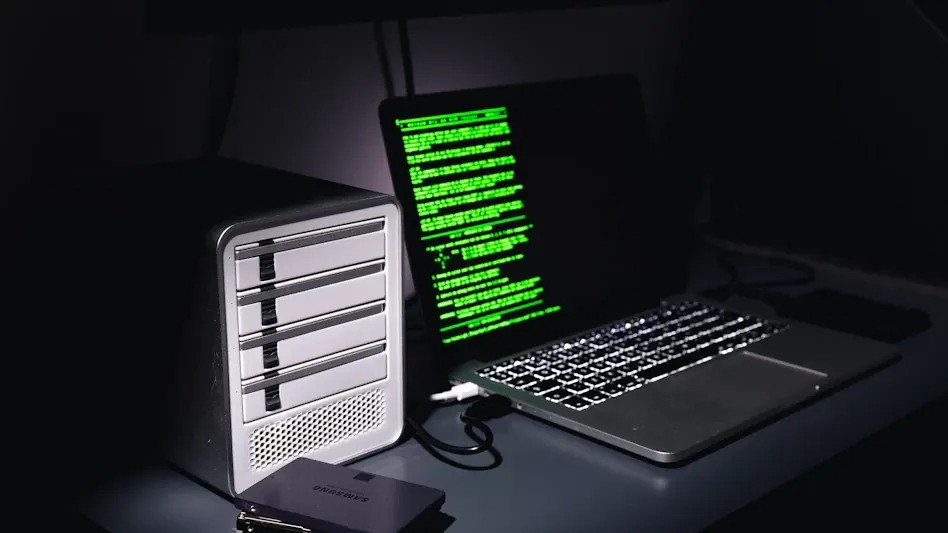The recent decision by the Trump administration to cut nearly 40% of the Cybersecurity and Infrastructure Security Agency’s (CISA) workforce has sent shockwaves through national security circles. These changes risk compromising the nation’s cybersecurity amid increasing threats.
Alarming Changes in the Critical Cybersecurity Agency
In a time when cybersecurity is more critical than ever, CISA’s vital role in ensuring national security is under severe threat. The question on everyone’s mind is whether these cuts are inadvertently undermining the security fabric of the nation. This drastic reduction in workforce poses unprecedented challenges, leaving the agency to operate with a significantly diminished capacity.
Why CISA’s Role is Crucial
CISA stands as the frontline defense in protecting the nation against cyber threats. Its significance in threat hunting, managing vulnerabilities, and securing elections cannot be overstated. With cyber-attacks becoming more sophisticated, CISA’s operations have been essential in safeguarding national interests. The agency’s efforts have been pivotal in responding to recent cyber threats, including high-profile breaches that highlight the escalating cybersecurity challenges.
Impact of Workforce and Budget Reductions
The workforce cut of nearly 40% severely disrupts CISA’s operations, hampering critical services. The termination of key contracts, including those for red teams that simulate attacks to test defenses, significantly diminishes the agency’s operational capabilities. These red teams have been instrumental in identifying vulnerabilities before they could be exploited by malicious actors. Additionally, substantial funding cuts not only cripple existing operations but also halt planned projects that could enhance the agency’s effectiveness.
Expert Voices and Concerns
Prominent voices have raised alarms about the adverse impact of these changes. Senator Eric Swalwell expressed grave concerns regarding the potential risks these workforce cuts pose. Experts like Mark Montgomery and former CISA director Jen Easterly echoed these worries, highlighting the broader national security implications. Current and former employees of the Department of Homeland Security (DHS) have shared anecdotes illustrating the turmoil within the agency, pointing to a rapidly shifting landscape that threatens to destabilize its mission.
Strategies for Mitigating the Impact
Calls for increased congressional oversight have been growing louder, with many advocating for transparent communication from CISA to mitigate potential fallout. Proposed measures include ensuring continuous support for critical cybersecurity functions and advocating for state and local governments to bolster their own cyber defenses in light of reduced federal assistance. These steps are vital in sustaining the protective measures necessary to guard against evolving threats.
The recent workforce cuts at CISA highlight a critical juncture for national security, demanding urgent attention and action. As these reductions take hold, it is imperative to address the gaps left behind and reinforce the nation’s defenses against cyber adversaries. With expert voices emphasizing the need for immediate intervention, the focus now shifts to how policymakers, agency leaders, and local governments respond to these emerging challenges. The resilience of national security infrastructure depends on proactive and decisive measures to ensure its continued effectiveness in an increasingly complex cyber landscape.








